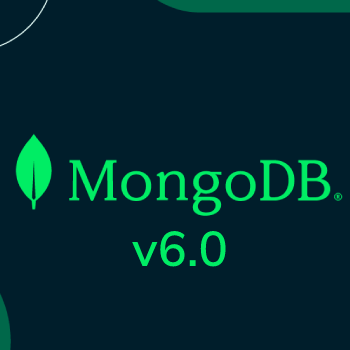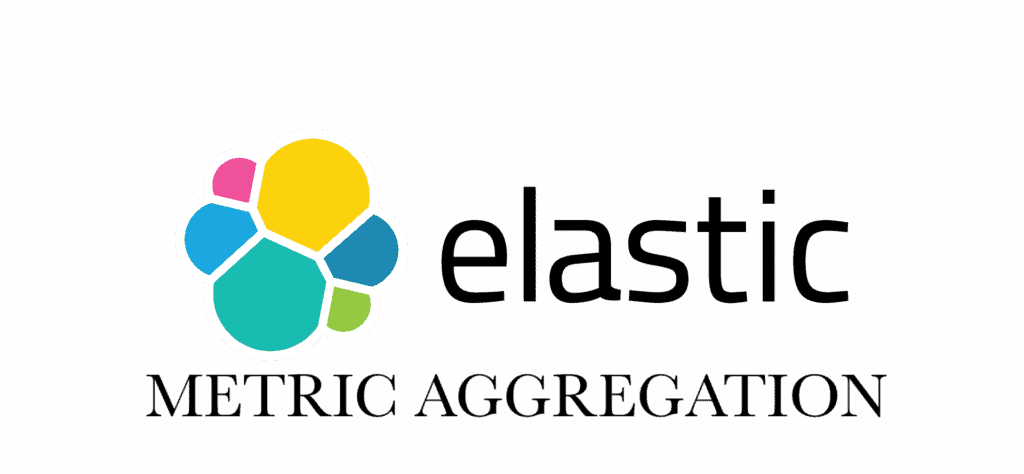SELECT: simple query structure

The SELECT statement in the SQL language is perhaps the most widely used as it allows us to retrieve information of interest from the database. Its syntax is simple and well-structured, but we need to know some constraints behind each clause of the statement. By means of some examples we will discover how to write queries that are simple but at the same time useful in a real context.
SQL: transactions and data manipulation

Databases provide a great tool for storing large masses of data. But how do we write the data correctly into it? Are there mechanisms to ensure that we get the data right? Let’s find out what transactions and their properties are, as well as basic commands for manipulating data.
SQL: creating a database

Relational databases play a key role in the design and development of any software application. Learning how to model and query a database in addition to properly manipulating data using the SQL language is within everyone’s reach. Let’s start by discovering some features of this language through the instructions for creating a database and defining its constituent tables.
Firebase: how to integrate a real-time database in Python

Firebase is a Google Cloud product that can. be used to build web applications quickly and easily. Among its features is the ability to create a NoSQL realtime database. Let’s find out how to interact with the database in a python program.
MongoDB 6.0: new features to improve applications

The new version of MongoDB provides new features to both improve the efficiency of some operations and increase developer productivity. Switching, therefore, to MongoDB 6 is an excellent choice!!!
Elasticsearch: aggregation pipeline

Elasticsearch offers the ability to extract statistics and data sets using aggregation functions. In many contexts, however, it is necessary to concatenate the results of these analyses to obtain more refined results. Let us see how aggregation pipelines allow us to obtain the results of our interest.
Elasticsearch: bucket aggregations [part 2]

With Elasticsearch’s bucket aggregations we can create groups of documents. Having seen in the previous article aggregations based on keyword type fields, we will now focus on other functions oriented to other data types. In particular, we will use aggregations for definitions of numeric ranges, dates, or groups based on georeferenced data.
Elasticsearch: bucket aggregations [part 1]

With Elasticsearch’s bucket aggregations we can create groups of documents. In this article we will mainly focus on aggregations based on keyword type fields in indexes. We will use several examples to understand the main differences between the available aggregation functions.
Elasticsearch: metric aggregations

In addition to text search, Elasticsearch allows analysis on data using aggregations. Among the various types of aggregation available, the metric ones are aimed precisely at calculating statistics on one or more fields. Through examples we will see what information we can extract with this type of aggregation.
Elasticsearch: the aggregation types

Elasticsearch is a widely used NoSQL database for developing search engines because of its ability to index text appropriately. But it does not stop at just that. Thanks to aggregations, Elasticsearch can be used to analyze data and extract statistics from large masses of data. Let’s learn about this functionality of his that underlies many visualizations used by Kibana.
